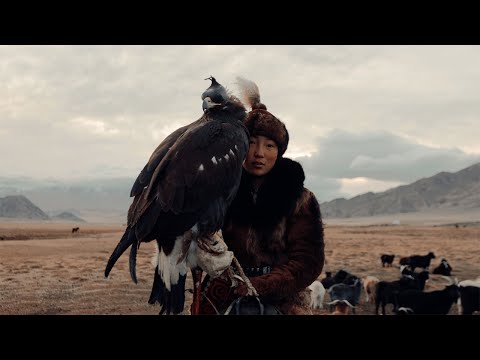
Mongolia, a landlocked country in East Asia, sandwiched between Russia and China, offers one of the world’s last few glimpses into a nomadic lifestyle as well as vast, untouched landscapes that range from rugged mountains and dense forests to beautiful grasslands and the Gobi Desert. Traveling to Mongolia is not just a journey through its landscapes but also an exploration of its rich history and culture deeply rooted in the era of the Mongol Empire under Genghis Khan.
#### Best Time to Visit
The best time to travel to Mongolia is during the summer months from June to August when temperatures are warmest and the landscapes are most accessible. This period also coincides with Naadam Festival, Mongolia’s most significant festival which showcases traditional sports like wrestling, archery, and horse racing.
#### Ulaanbaatar: The Starting Point
Most travelers begin their Mongolian adventure in Ulaanbaatar, the capital city. Despite its Soviet-era buildings, Ulaanbaatar is home to several intriguing sites including the Gandantegchinlen Monastery, a thriving center for Buddhism in Mongolia and the National Museum of Mongolia which provides insights into Mongolian history from prehistoric times through the Mongol Empire to the present day. The Zaisan Memorial offers panoramic views of the entire city.
#### Experiencing Nomadic Life
One of the highlights of visiting Mongolia is experiencing its nomadic culture. Many tour companies offer stays in traditional Mongolian tents known as gers (also called yurts), often located in breathtaking remote areas. These stays often include horseback riding excursions, learning about nomadic practices such as herding and dairy production, and enjoying local foods like airag (fermented mare’s milk) and khorkhog (meat cooked with hot stones).
#### The Gobi Desert
No trip to Mongolia would be complete without venturing into the iconic Gobi Desert. Known for its dunes, mountains, and rare wildlife such as Bactrian camels and snow leopards, it’s an extraordinary landscape that feels like stepping onto another planet. Attractions include Yolyn Am (a deep ice-filled gorge), Khongoryn Els (massive sand dunes also known as Singing Dunes due to the sound they produce), and Bayanzag or ‘Flaming Cliffs’ where important dinosaur fossils have been discovered.
#### Adventure in Nature
Mongolia’s natural landscapes provide plenty for adventure seekers. Lake Khövsgöl in northern Mongolia is one of the oldest lakes in world history dating back 25 million years. It offers spectacular hiking trails as well as opportunities for kayaking and fishing.
For trekking enthusiasts, Altai Tavan Bogd National Park on western border features five of Mongolia’s highest peaks. Here you can witness stunning glaciers and Turkic stone men (balbal)—a collection of mysterious stone statues dating back over a millennium.
#### Cultural Insights
To truly appreciate Mongolian culture beyond its nomadic roots, visiting monasteries such as Erdene Zuu Monastery—built from ruins of ancient Karakorum—the capital city of Mongol Empire—provides spiritual insights into how Buddhism reshaped Mongolian society post-Genghis Khan era.
Moreover, exploring local markets like Naran Tuul Market or “Black Market” in Ulaanbaatar gives travelers a chance to shop for traditional crafts including cashmere products among other unique souvenirs.
### Practical Tips for Visiting Mongolia
– **Visa Requirements**: Check if you need a visa before traveling; many nationalities can enter visa-free or get a visa on arrival.
– **Transportation**: Domestic flights can save on long drive times but booking through reliable tour operators is recommended when exploring remote areas.
– **Currency**: The local currency is Tugrik (MNT). Cash transactions are common outside major cities so have enough local currency.
– **Language**: Mongolian is official language; learning basic phrases can enhance your interaction with locals.
– **Clothing**: Weather can change abruptly; layered clothing works best regardless season you visit.
Traveling to Mongolia opens up vistas not only physical but also cultural that are fast disappearing elsewhere globally. Whether you’re riding through endless steppes alongside nomads or watching sunrise over Gobi Desert’s dunes—it promises an adventure like no other!
